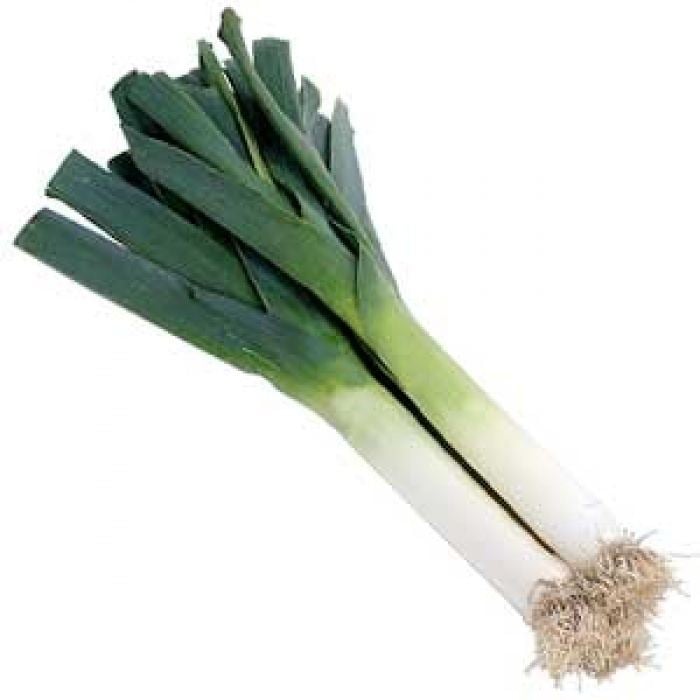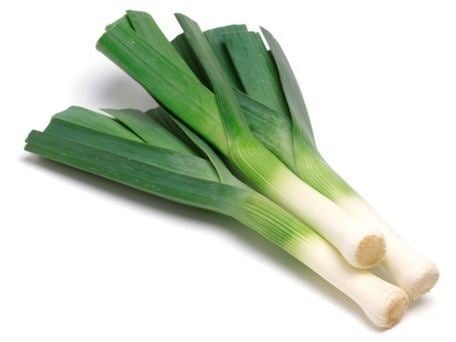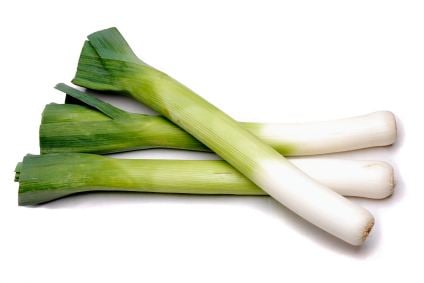Cultivar Many, see text | ||
 | ||
Cultivar group Leek Group (other names are used, e.g. Porrum Group) Similar Celery, Onion, Parsley, Chives, Spinach | ||
How to cook vegetables preparing to cook leeks vegetables recipe
The leek is a vegetable, a cultivar of Allium ampeloprasum, the broadleaf wild leek. The edible part of the plant is a bundle of leaf sheaths that is sometimes erroneously called a stem or stalk. Historically, many scientific names were used for leeks, but they are now all treated as cultivars of A. ampeloprasum. The name 'leek' developed from the Anglo-Saxon word leac. Two closely related vegetables, elephant garlic and kurrat, are also cultivars of A. ampeloprasum, although different in their uses as food. The onion and garlic are also related, being other species of the genus Allium.
Contents
- How to cook vegetables preparing to cook leeks vegetables recipe
- Leeks vegetable its health benefits
- Form
- Cultivars
- Growing
- Cuisine
- Historical consumption
- Cultural significance
- References
Leeks vegetable its health benefits
Form

Rather than forming a tight bulb like the onion, the leek produces a long cylinder of bundled leaf sheaths that are generally blanched by pushing soil around them (trenching). They are often sold as small seedlings in flats that are started off early in greenhouses, to be planted out as weather permits. Once established in the garden, leeks are hardy; many varieties can be left in the ground during the winter to be harvested as needed.
Cultivars

Leek cultivars may be treated as a single cultivar group, e.g. as A. ampeloprasum 'Leek Group'. The cultivars can be subdivided in several ways, but the most common types are "summer leeks", intended for harvest in the season when planted, and overwintering leeks, meant to be harvested in the spring of the year following planting. Summer leek types are generally smaller than overwintering types; overwintering types are generally more strongly flavored. Cultivars include 'King Richard' and 'Tadorna Blue'.
Growing

Leeks are easy to grow from seed and tolerate standing in the field for an extended harvest, which takes place up to 6 months from planting. The soil in which it is grown has to be loose and drained well; leek can be grown in the same regions where onions can be grown. Leeks usually reach maturity in the autumn months. The thrips species Thrips tabaci is considered a leek pest and leeks can also get leek rust (Puccinia allii). Leeks can be bunched and harvested early when they are about the size of a finger or pencil, or they can be thinned and allowed to grow to a much larger mature size. Hilling leeks can produce better specimens.
Cuisine
Leeks have a mild, onion-like taste. In its raw state, the vegetable is crunchy and firm. The edible portions of the leek are the white base of the leaves (above the roots and stem base), the light green parts, and to a lesser extent the dark green parts of the leaves. One of the most popular uses is for adding flavor to stock. The dark green portion is usually discarded because it has a tough texture, but it can be sautéed or added to stock. A few leaves are sometimes tied with twine and other herbs to form a bouquet garni.
Leeks are typically chopped into slices 5–10 mm thick. The slices have a tendency to fall apart, due to the layered structure of the leek. The different ways of preparing the vegetable are:
Leeks are an ingredient of cock-a-leekie soup, leek and potato soup, and vichyssoise, as well as plain leek soup.
Because of their symbolism in Wales (see below), they have come to be used extensively in that country’s cuisine. Elsewhere in Britain, leeks have come back into favor only in the last 50 years or so, having been overlooked for several centuries.
Historical consumption
Bible commentators attribute the חציר specimen—acclaimed by the Israelites to be of abundance in Egypt—as the leek. Dried specimens from archaeological sites in ancient Egypt, as well as wall carvings and drawings, led Zohary and Hopf to conclude the leek was a part of the Egyptian diet from at least the second millennium BCE onwards. They also allude to surviving texts that show it had been also grown in Mesopotamia from the beginning of the second millennium BCE. The leek was the favorite vegetable of the Emperor Nero, who consumed it in soup or in oil, believing it beneficial to the quality of his voice.
Cultural significance
The leek is one of the national emblems of Wales, worn along with the daffodil (in Welsh, the daffodil is known as "Peter's leek", Cenhinen Bedr) on St. David’s Day. According to one legend, King Cadwaladr of Gwynedd ordered his soldiers to identify themselves by wearing the vegetable on their helmets in an ancient battle against the Saxons that took place in a leek field. The Elizabethan poet Michael Drayton stated, in contrast, that the tradition was a tribute to Saint David, who ate only leeks when he was fasting. Whatever the case, the leek has been known to be a symbol of Wales for a long time; Shakespeare, for example, refers to the custom of wearing a leek as an “ancient tradition” in Henry V. In the play, Henry tells the Welsh officer Fluellen that he, too, is wearing a leek “for I am Welsh, you know, good countryman.” The 1985 and 1990 British one pound coins bear the design of a leek in a coronet, representing Wales.
Alongside the other national floral emblems of countries currently and formerly in the Commonwealth or part of the United Kingdom (including the English Tudor Rose, Scottish thistle, Irish shamrock, Canadian maple leaf, and Indian lotus), the Welsh leek appeared on the coronation gown of Elizabeth II. It was designed by Norman Hartnell; when Hartnell asked if he could exchange the leek for the more aesthetically pleasing Welsh daffodil, he was told no.
Perhaps the most visible use of the leek, however, is as the cap badge of the Welsh Guards, a regiment within the Household Division of the British Army.
In Romania, the leek is also widely considered a symbol of Oltenia, a historical region in the southwestern part of the country.
